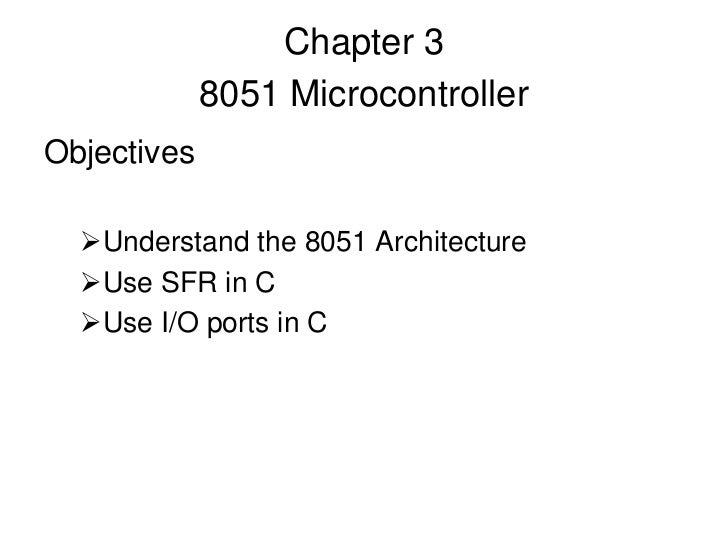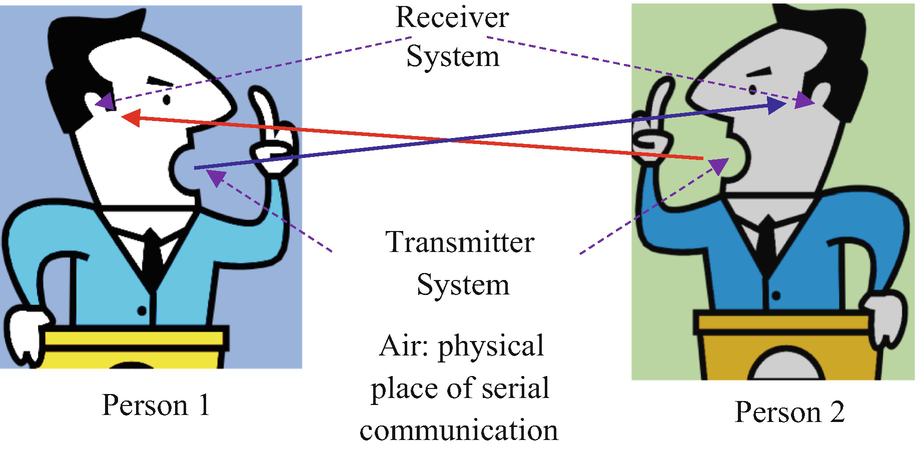

This stator and the rotor field difference are called slip. If the rotor speed more than the stator speed, then no current will induce in the rotor because the reason for rotor rotation is the relative speed of the rotor and stator magnetic fields.

This result the rotor starts rotating in the same direction of the stator rotating magnetic field.
This rotor conductor’s rotation can also be explained by Lenz’s law which tells that the induced currents in the rotor oppose the cause for its production, here this opposition is rotating magnetic field. Thus, all the rotor conductors force, i.e., the sum of the mechanical forces produces torque in the rotor which tends to move it in the same direction of the rotating magnetic field. In the presence of the magnetic field of the stator, rotor conductors are placed, and therefore, according to the Lorenz force principle, a mechanical force acts on the rotor conductor. As these rotor conductors are shorted, the current starts to flow through these conductors. This changing magnetic field cuts the rotor conductors and induces a current in them according to the principle of Faraday’s laws of electromagnetic induction.  When the motor is excited with a three-phase supply,three-phase stator winding produces a rotating magnetic field with 120 displacements at a constant magnitude which rotates at synchronous speed. Principle of Operation of 3-Phase Induction Motor Principle of Operation of 3-Phase Induction Motor Once the motor attains the normal speed, the brushes are short-circuited, and the wound rotor works as a squirrel cage rotor. This external resistor or rheostat is used at the starting period only. And for developing a high-starting torque these windings are connected to rheostat with the help of carbon brushes. It consists of a stack of steel laminations evenly spaced slots that are punched around of its circumference into which un-insulated heavy aluminum or copper bars are placed.Ī slip-ring-type rotor consists of three-phase windings that are internally starred at one end, and the other ends are brought outside and connected to the slip rings mounted on the rotor shaft.
When the motor is excited with a three-phase supply,three-phase stator winding produces a rotating magnetic field with 120 displacements at a constant magnitude which rotates at synchronous speed. Principle of Operation of 3-Phase Induction Motor Principle of Operation of 3-Phase Induction Motor Once the motor attains the normal speed, the brushes are short-circuited, and the wound rotor works as a squirrel cage rotor. This external resistor or rheostat is used at the starting period only. And for developing a high-starting torque these windings are connected to rheostat with the help of carbon brushes. It consists of a stack of steel laminations evenly spaced slots that are punched around of its circumference into which un-insulated heavy aluminum or copper bars are placed.Ī slip-ring-type rotor consists of three-phase windings that are internally starred at one end, and the other ends are brought outside and connected to the slip rings mounted on the rotor shaft. #Iar 8051 single wire asynchronous free#
The shaft of the induction motor is supported on two bearings at each ends to ensure free rotating within the stator and to reduce the friction. The rotor in the slip-ring type consists of heavy aluminum or copper bars shorted on both ends of the cylindrical rotor.

The rotor of the three-phase AC induction motor is different for the slip-ring and squirrel-cage induction motors. Whichever suits the voltage level, these windings are connected in either star or delta connections. These windings have high-insulation resistance and high resistance to the saline atmosphere, moisture, alkaline fumes, oil, and grease, etc. At all working temperatures, this impregnated varnish remains rigid. These windings are of copper wire insulated with varnish fitted into insulated slotted laminations. The six ends of the three windings are brought out and connected to the terminal box so that these windings are excited by three-phase main supply. The stator is wounded with three-phase windings which are overlapped with one another at a 120-degree phase shift fitted into slotted laminations. The stator frame provides necessary mechanical protection and support for stator laminated core, windings, and other arrangements for ventilation. Stator frame can be constructed using cast iron, aluminum, or rolled steel.








 0 kommentar(er)
0 kommentar(er)
